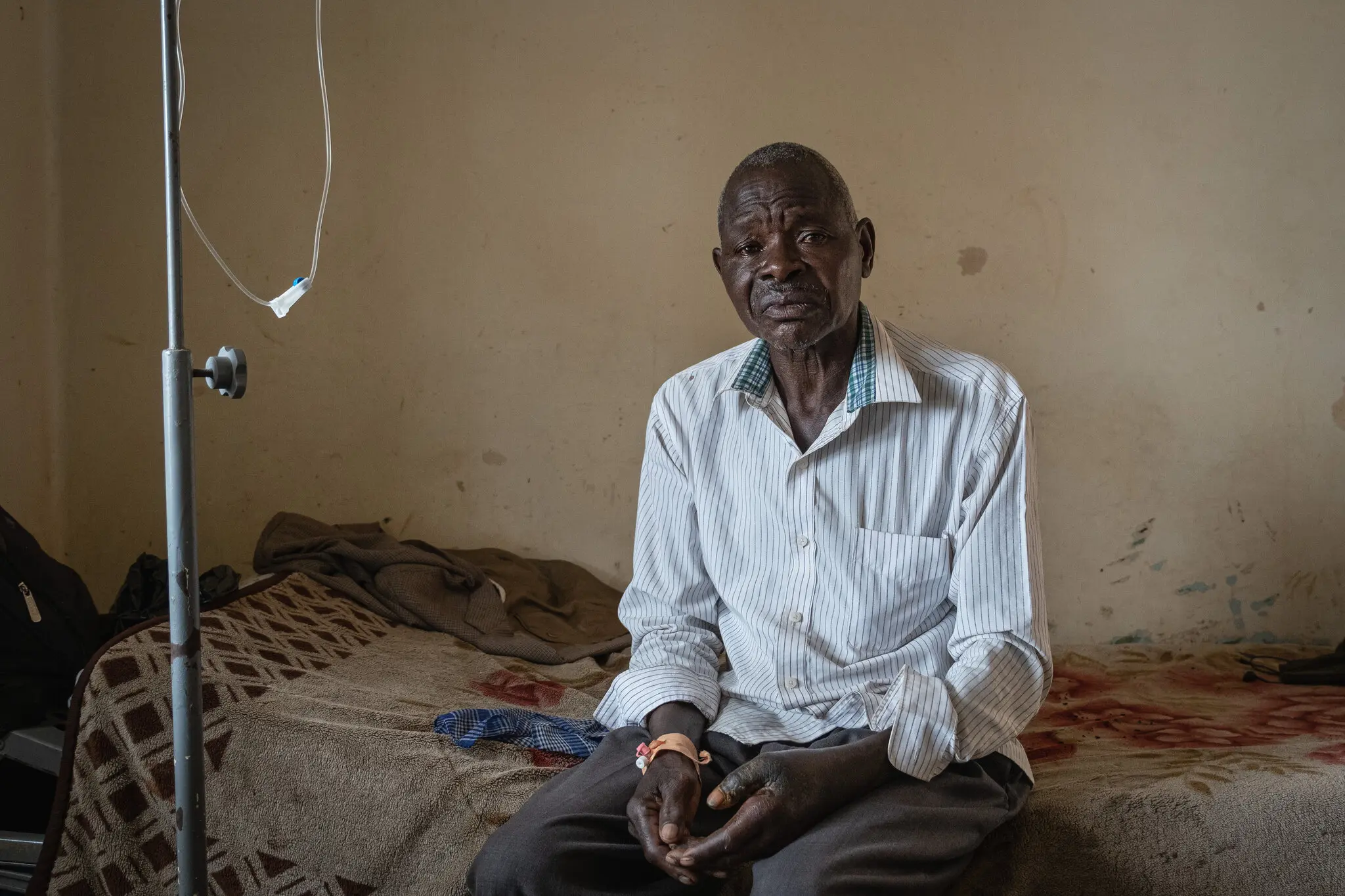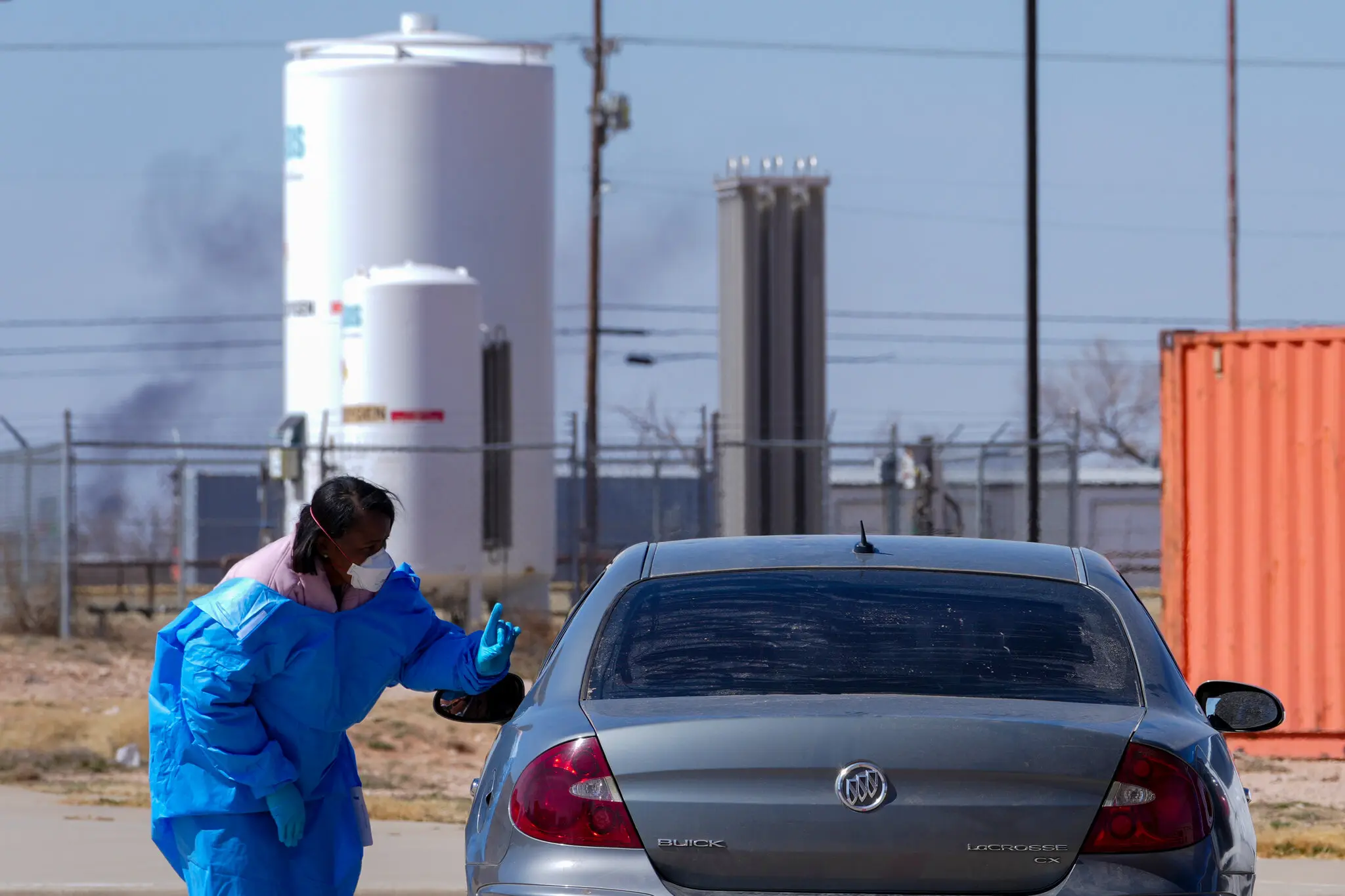Anthrax Outbreak Sparks Mystery in Africa as Health Officials Race to Trace Origins
A sudden outbreak of anthrax in parts of East and Central Africa has left health officials scrambling to contain the disease and uncover its origins. The unusual spread pattern, involving both human and livestock infections, has raised fears of environmental triggers, poor surveillance, and even potential biosecurity breaches.
A growing anthrax outbreak in several African nations has triggered alarm among global health officials and raised more questions than answers. What began as isolated cases among livestock in rural Uganda has now evolved into a broader regional crisis involving dozens of human infections and an urgent international investigation. As of this week, the World Health Organization (WHO) has confirmed anthrax outbreaks in Uganda, South Sudan, and the eastern regions of the Democratic Republic of Congo (DRC).
The disease, which is typically associated with direct exposure to infected animals or contaminated animal products, appears to be spreading beyond expected patterns. While anthrax is not new to Africa, the scope, speed, and geographic reach of the current outbreak have baffled experts. Some communities have reported infections in areas where the disease hasn’t been seen in decades.
In addition, clusters of human cases have occurred with no clear connection to livestock contact—further complicating containment efforts. Understanding Anthrax: A Silent KillerAnthrax is caused by *Bacillus anthracis*, a spore-forming bacterium that can survive for decades in soil. Animals typically contract the disease through ingestion of spores while grazing, and humans can become infected through direct contact with infected animals, consumption of contaminated meat, or, more rarely, inhalation of spores.
The disease can take several forms—cutaneous, gastrointestinal, or inhalational. Left untreated, anthrax is fatal in a significant percentage of cases. But when caught early, it is usually treatable with antibiotics.
The WHO has dispatched emergency response teams to affected regions, and partner organizations like Médecins Sans Frontières (Doctors Without Borders) have mobilized field clinics to deliver antibiotics and educate communities. Mystery Deepens: Unusual Spread and Environmental CluesWhat makes this outbreak particularly troubling is its unpredictability. In several Ugandan districts, health workers have discovered human infections in communities where no recent livestock deaths have been reported.
In other cases, entire herds have perished suddenly, despite vaccination campaigns in the previous year. “There’s something anomalous going on,” said Dr. Yvonne Njuki, a Kenyan epidemiologist working with the WHO response team.
“We are looking at climate factors, human mobility, soil disturbances—anything that could explain why dormant spores might suddenly become active. ”Environmental scientists suspect that extreme weather may be a key factor. Heavy rains followed by long dry spells—patterns increasingly common due to climate change—can expose anthrax spores buried deep in the ground.
Drought-stressed animals, driven to graze more widely or dig deeper for food, may be at greater risk of encountering the spores. Community Impact: Fear, Rumors, and ResistanceIn affected villages, fear is spreading even faster than the disease. Misinformation and rumors have complicated response efforts, with some community members attributing the outbreak to witchcraft, poisoned water, or government conspiracy.
In Uganda’s Arua District, community health volunteers reported that some families refused to surrender infected meat for disposal, fearing loss of valuable food. In others, families fled into neighboring regions to avoid quarantine, potentially carrying the infection with them. “Convincing people that this is a natural disease and not a curse is half the battle,” said Emmanuel Mwaka, a local Red Cross coordinator.
“We are working with elders, pastors, and traditional healers to help spread accurate information. ”Public Health Challenges: Surveillance Gaps and Weak InfrastructureAnthrax outbreaks often go underreported in rural Africa due to limited diagnostic capacity, weak disease surveillance systems, and scarce medical infrastructure. Many clinics lack the tools or training to confirm cases, and deaths—especially of livestock—may be attributed to generic 'sickness' without further investigation.
Dr. Grace Mukasa, Uganda’s chief veterinary officer, said that their early detection efforts are “critically underfunded” and reliant on manual reporting. “In some regions, we only find out about an outbreak weeks after it started, when local leaders call us or social media posts go viral,” she admitted.
The outbreak is highlighting long-standing weaknesses in zoonotic disease response systems—those that bridge animal and human health. Experts warn that without stronger One Health coordination (an integrated approach to animal, human, and environmental health), more outbreaks will likely slip through the cracks. International Alarm and Biosecurity ConcernsAlthough officials currently believe the outbreak is naturally occurring, some elements of the spread have raised eyebrows in international security circles.
Anthrax, due to its durability and lethality, has long been studied as a potential bioweapon. While there is no evidence yet of deliberate release, the unusual patterns in the current outbreak have prompted behind-the-scenes conversations among national security agencies. “We have no indication of foul play,” said a spokesperson for the Africa CDC, “but we are conducting a full genomic analysis of all collected strains to rule out tampering or engineered pathogens.
”The Centers for Disease Control and Prevention (CDC) in the United States has also dispatched technical experts to assist, citing the importance of early detection and containment. Wildlife and Conservation ThreatsThe outbreak has also reached into national parks and conservation areas, killing antelope and water buffalo in Uganda’s Murchison Falls and Queen Elizabeth parks. Park rangers have reported dozens of dead animals, prompting fears of a broader ecological toll.
“This could destabilize entire food chains if it spreads further into wild populations,” warned Dr. Felix Odongo, a wildlife veterinarian with Uganda Wildlife Authority. “And tourists are at risk if they handle contaminated soil or come into contact with carcasses.
”Efforts to contain the disease include closing some wildlife trails, limiting tourist access, and burning infected carcasses under controlled conditions. Global Lessons from a Local CrisisHealth experts say the anthrax outbreak should serve as a wake-up call for international preparedness—not just for anthrax, but for a broader class of zoonotic diseases that can cross from animals to humans. “In an interconnected world, what happens in rural Africa today can affect cities around the globe tomorrow,” said Dr.
Njuki. “We must stop treating these outbreaks as isolated events. They are indicators of systemic risk.
”Anthrax outbreaks have occurred before—in parts of Texas, Kazakhstan, and Mongolia—but the African outbreak underscores how environmental change, underfunded public health, and population pressure create a volatile mix. Hope on the Horizon: Vaccination, Education, and ResilienceDespite the severity of the crisis, there are reasons for optimism. Uganda’s Ministry of Health has begun an aggressive vaccination campaign among livestock in high-risk districts, using reserve vaccine stockpiles with assistance from international partners.
Mobile health units are also traveling to remote areas to treat confirmed and suspected cases. Meanwhile, community radio programs and town hall meetings have helped to reduce misinformation and increase cooperation. “I lost five cows,” said one farmer in northern Uganda, “but now I understand the cause.
I won’t make the same mistake again. ”Conclusion: A Race Against Time and UncertaintyAs scientists race to determine the full scope and cause of the outbreak, the anthrax crisis in Africa is shaping up to be both a medical mystery and a test of regional resilience. Whether the response can keep pace with the threat remains uncertain—but the world is watching closely.
For now, what began as a few unexplained deaths in isolated villages has grown into a defining public health challenge for the region—one that will require not just medicine, but communication, cooperation, and urgent global solidarity to solve.
24th july 2025



